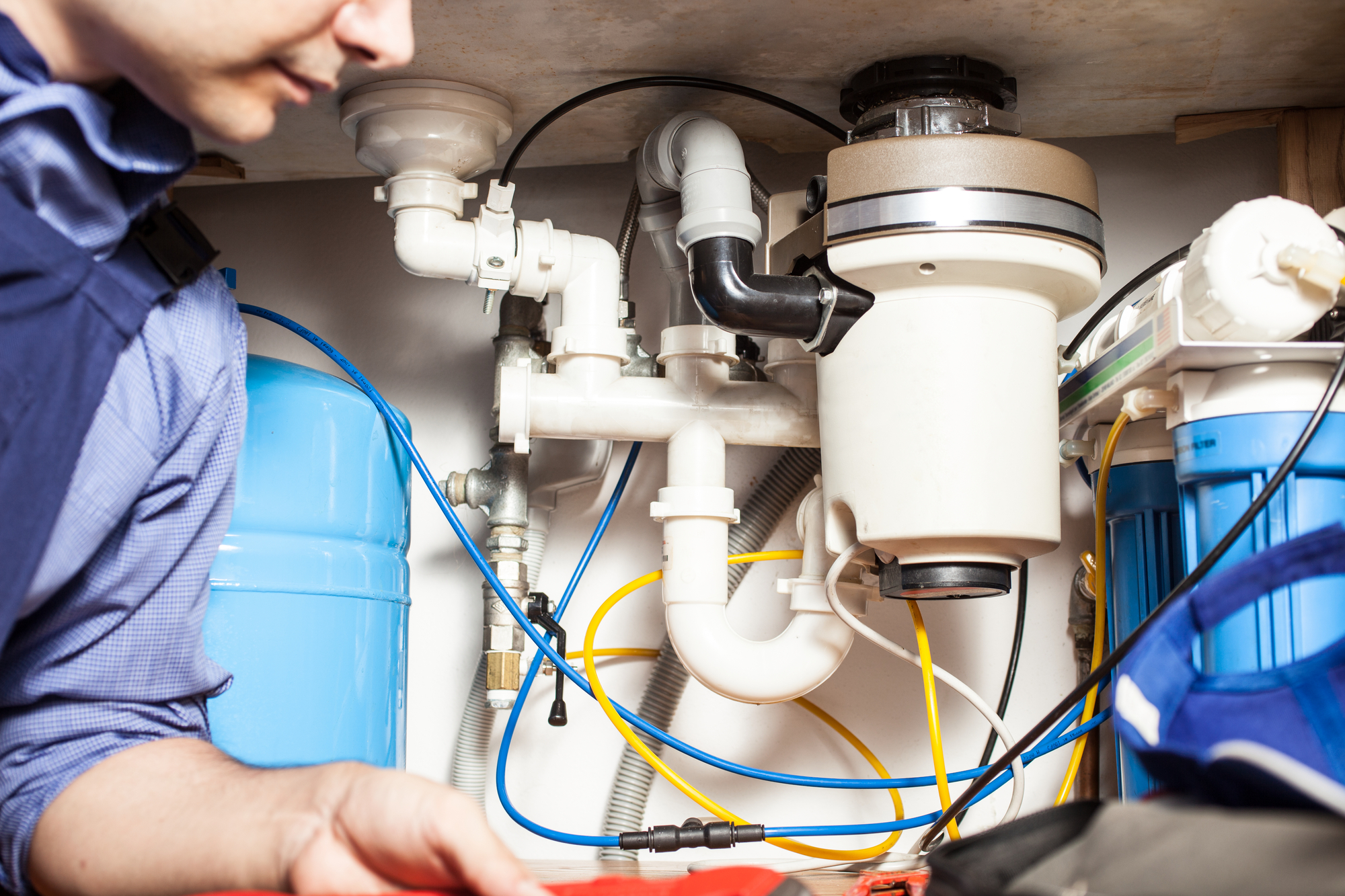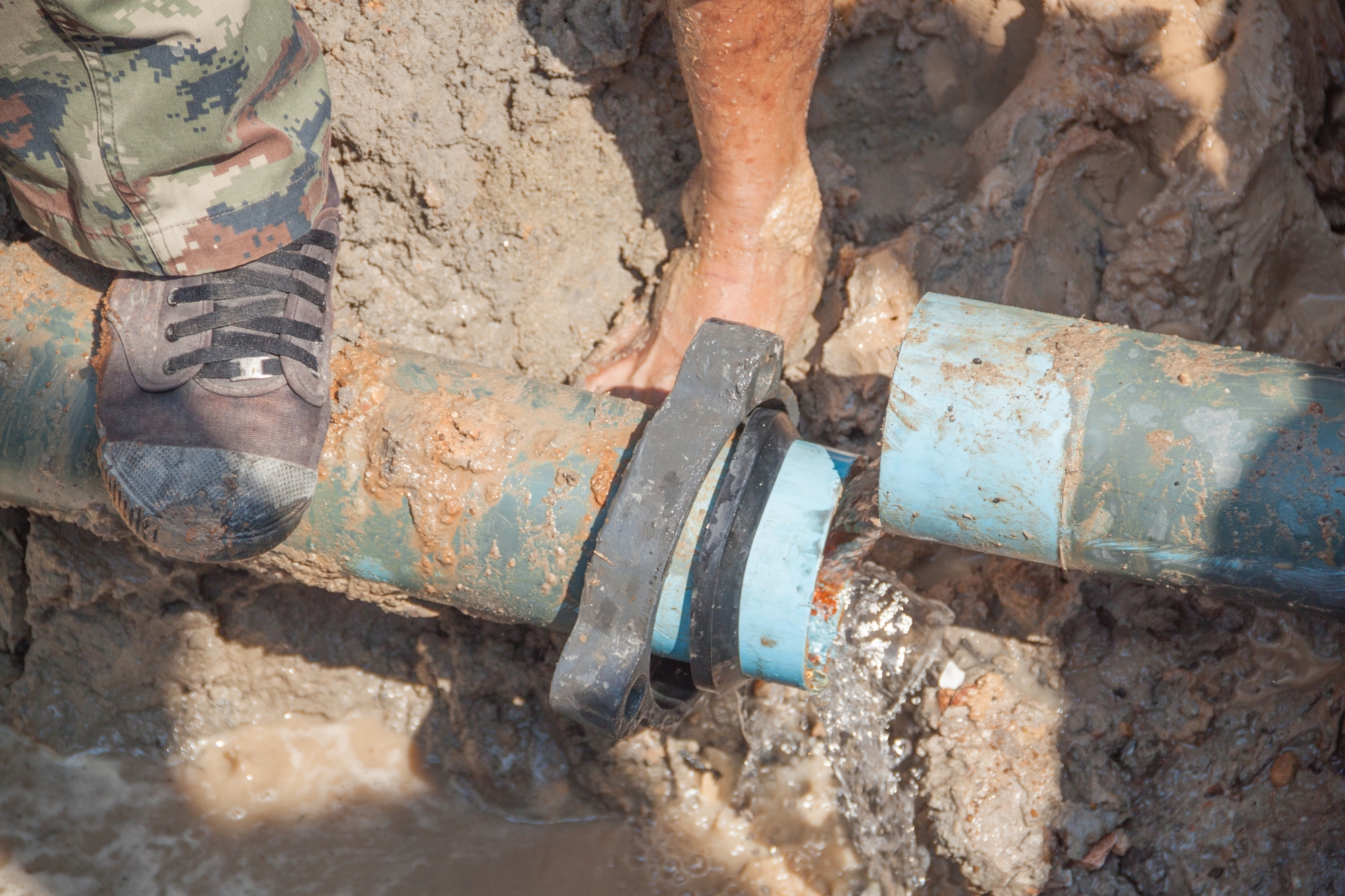Supply lines play a crucial role in the functioning and durability of your plumbing system. A supply line is a component that carries fresh water from the main water supply to your fixtures, appliances, and other plumbing fixtures. Supply lines come in different materials and sizes, including copper, brass, steel, plastic, and polyvinyl chloride (PVC). In this article, we will discuss the importance of reliable supply lines in your plumbing system.
Why Do Supply Lines Matter?
Supply lines are responsible for the continuous and safe delivery of clean water to your plumbing fixtures. They connect your toilets, sinks, showers, and other appliances to your main water supply. Without proper supply lines, your plumbing system will not function correctly, and you will experience issues such as low water pressure, leaks, and bursts.
The quality and durability of your supply lines can also affect the safety and health of your household. Poor quality supply lines can lead to contamination and bacterial growth in your water, causing health problems and illnesses.

Types of Supply Lines
There are various types of supply lines that you can choose from, depending on your plumbing needs and budget.
– Copper Supply Lines: Copper supply lines are the most popular type of supply lines due to their exceptional durability, resistance to corrosion and cracks, and leak-proof joints. They are also easy to install and maintain and have an extended lifespan of up to 50 years.
– PEX Supply Lines: PEX supply lines are a newer type of supply line made from flexible plastic tubing. They are less expensive than copper lines, easier to install, and can withstand freezing temperatures without bursting. However, they are not as durable as copper lines and can suffer from wear and tear over time.
– PVC Supply Lines: PVC supply lines are made from rigid plastic and are the most affordable type of supply line. They are easy to install and do not corrode or rust. However, they are susceptible to cracking and bursting under high water pressure or extreme temperatures.

– Stainless Steel Supply Lines: Stainless steel supply lines are suitable for heavy-duty applications and can withstand high water pressure and temperatures. They are also resistant to corrosion, rust, and chemicals. However, they are more expensive than other types of supply lines and can be difficult to install.
– Braided Supply Lines: Braided supply lines are made of flexible stainless steel or nylon and are designed to withstand high water pressure and temperature. They are easy to install and are less susceptible to burst or kink. However, they are not as durable as copper or stainless steel lines and can still suffer from wear and tear over time.
Importance of Inspection and Maintenance
Regular inspection and maintenance of your supply lines are crucial to ensuring their reliability and safety. Supply lines should be inspected at least once a year by a licensed plumbing professional, who can detect any signs of wear and tear, leaks, or corrosion. Early detection and repair of supply line issues can prevent costly repairs or replacements in the future.
In addition to inspections, regular maintenance of your supply lines can prolong their lifespan and improve their functionality. Maintenance tasks include flushing your water system, checking for leaks, and replacing damaged or outdated supply lines.
Conclusion
In summary, reliable supply lines are critical to the functioning, safety, and health of your plumbing system. Choosing the right type of supply lines, regular inspection, and maintenance are vital to ensure their longevity and prevent leaks and bursts. As a homeowner, you should be aware of the importance of supply lines and work with a trusted plumbing professional to maintain and repair them when necessary. Contact Ace Plumbing Repair at (844) 711-1590 for all your plumbing needs.






